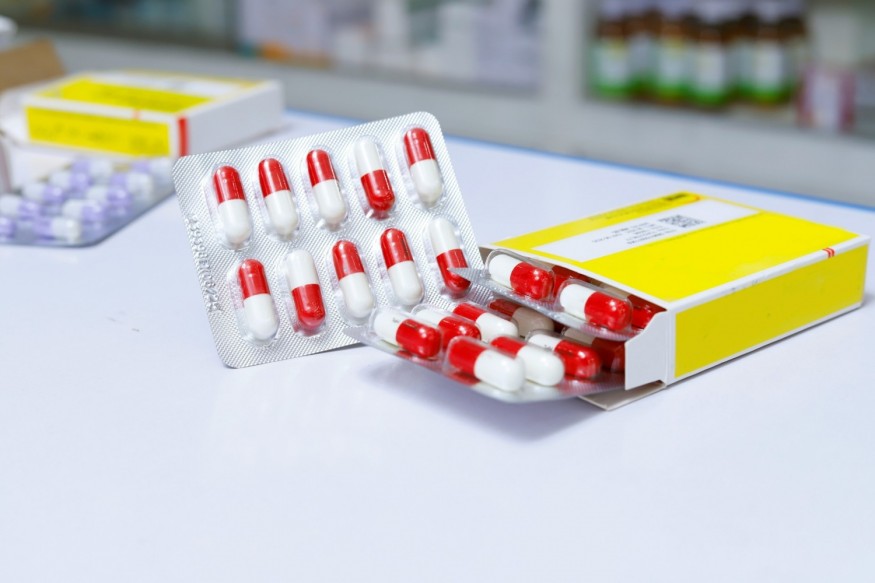
In the rapidly evolving healthcare landscape, prescription discount cards have emerged as a game-changer, representing 5.4% of prescription drug transactions in 2021 alone. Despite their exponential growth, public misconceptions continue to hinder their widespread adoption, limiting their potential impact.
In a time when Americans' average prescription drug spending has reached $1,432 per year and roughly one-third of adults don't take their medication as prescribed due to financial concerns, such programs can be highly beneficial.
According to Matthew Herfield, Co-founder and CEO of BuzzRx, the misconceptions surrounding prescription discount cards often stem from a lack of clarity about how they work and what pharmacies accept them. By shedding light on the reality of prescription discount cards, more people can unlock a wealth of savings opportunities.
Myth #1: Prescription Discount Cards Are Only for Certain People
One of the most persistent myths is that prescription discount cards can only be used by select groups, such as low-income households or specific demographics like senior citizens.
"Prescription discount cards are designed to be used by anyone who fills prescriptions at a pharmacy," Herfield explains. "There's no qualification process. You don't have to meet a specific income requirement or be part of a particular demographic. The entire goal of these cards is to make prescription discounts available to anyone. And to make things even more convenient, a single card can be used for the entire family."
Designed with inclusivity in mind, these cards aim to provide medication accessibility to all.
Myth #2: You Can't Use Prescription Discount Cards if You Have Insurance
Another recurring myth is that prescription discount cards cannot be used by individuals who already have insurance. "While it's true that prescription discount cards are most beneficial for people paying for their prescriptions out of pocket, they can still be useful for those who already have insurance," Herfield explains.
"Discounts can be as high as 80%, depending on the medication, and the discounted price can even beat your insurance company's copay pricing. Discount cards don't expire, so you can continue to use them even if your health insurance coverage changes."
BuzzRx provides pricing information through its app and website, making it easy for cardholders to check discounts at local pharmacies and compare pricing instantly. If you have insurance, ask the pharmacist to compare the discounted price to your copay price to ensure you're always saving the most money.
Myth #3: Prescription Discount Cards Have Limited Coverage
Even though prescription cards are available to every household (including those with insurance coverage), some people don't feel it is worth the effort because they think the cards have limited coverage. This could include a belief that the cards only cover common generic medications or that they are only accepted by select pharmacies.
However, as Herfield explains, "Prescription discount cards are accepted nationwide. BuzzRx provides discounts at over 60,000 pharmacy chains, including CVS, Walgreens, Rite Aid, and Walmart. If you're not sure whether your local pharmacy accepts your prescription discount card, just search via the card's website or app to confirm availability and pricing for your medication."
Herfield also notes that prescription savings cards can be used on all drugs—brand-name and generic. Discounts are even available for prescriptions excluded from Medicare Part D, as well as select diabetic supplies and over-the-counter products, such as vitamins, that a doctor has prescribed.
Myth #4: Prescription Discount Cards Have Hidden Fees
Americans are skeptical of free products and have grown weary of false advertising, which is why some people may choose not to sign up for a prescription discount card. They believe obtaining a card might involve hidden fees or complex paperwork.
"Most prescription discount cards are completely free," Herfield notes. "These cards never expire and don't have any kind of upfront or ongoing subscription fee. You'll still need to pay the discounted rate for your medications at the pharmacy, but the card itself doesn't cost anything. From a financial perspective, you have nothing to lose by getting a card to help you save on medications."
Requesting a prescription discount card is also remarkably easy. Users can fill out an online form to have a physical card mailed to their address or download the discount program's app in the Apple App Store or Google Play. Cards are pre-activated and ready to use at all participating pharmacies, with no additional paperwork required.
Making Prescriptions More Accessible
As Herfield's insights reveal, prescription discount cards are more accessible and functional than many believe. By dispelling the myths surrounding these programs, a wider audience can access invaluable financial assistance, ensuring better management of health and household budgets.










